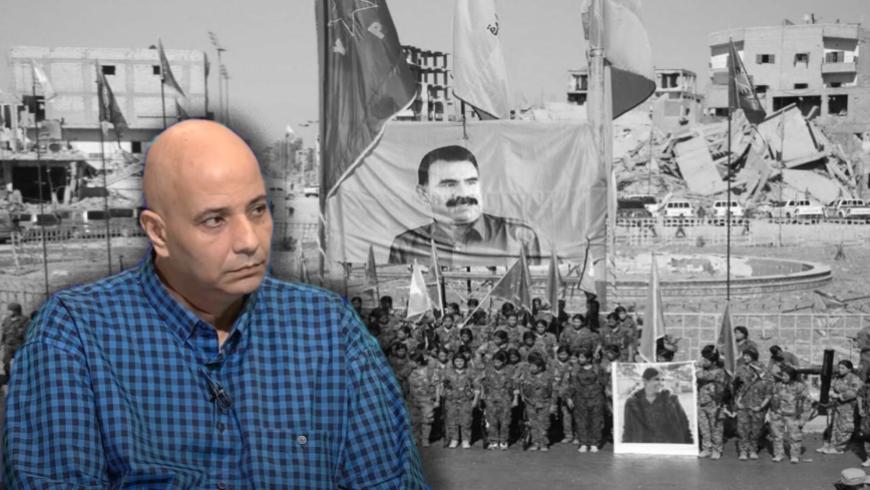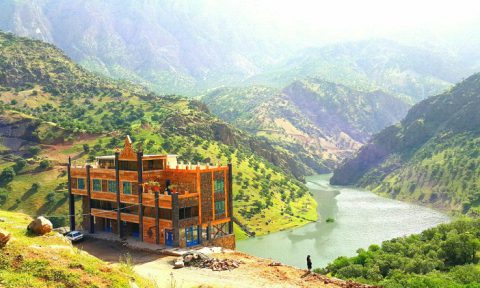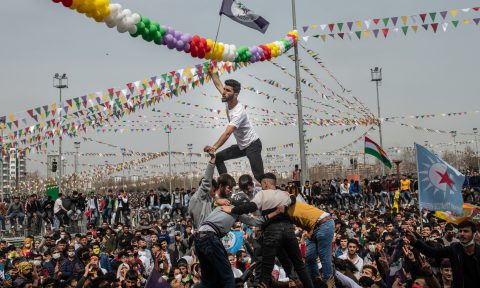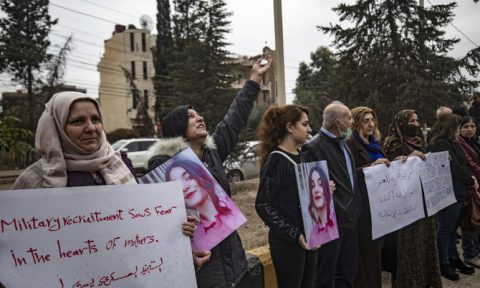In a vast area that extends over more than three Syrian governorates, which are the largest and richest in natural resources, and dubbed Syria’s food basket, as it is rich in wheat and other crops, a group of personalities – non-Syrian as a whole – control the capabilities of this region, by orders that come from outside the Syrian borders. This group has been working by succesfully posing a cover, namely the de facto authority known as the “Autonomous Administration” of northeastern Syria.
Many Syrians wonder about the size of the power and influence that the so-called “self-management” has actually come to enjoy, given the recent skirmishes with Assad’s government in Hasakah and Qamishlo. The project is fully foreign, designed and covered by America and many Western countries. The pillar of this project is the military force represented by the “Syrian Democratic Forces” (SDF). These have strategic ties with the international coalition, but the latter is the godfather of it, but the power component of the administration project is not limited to the “SDF” only, but due to the nature of the characters that lead it in the shadows, who have created an organized structure for them to make it easier to control military, political and economic decisions.
Colonel Talal Ali Selo, the former official spokesman for the “SDF” who was also a member of the General Command, before he defected from it at the end of 2017, dug up in the “Self-Administration” secrets box. Especially on the way leaders from the Kurdistan Workers’ Party (PKK) run the “Self-Management” on both military and political sides, the “Syria Democratic Council” (SDC).
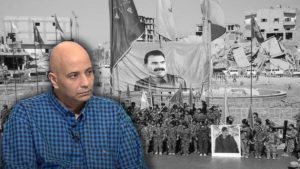
PKK shadow structure governing North-East Syria
Slowly, even foreign media outlets have come to conclude that the PKK members, known as the Qandil leadership, are the main and sole controllers of the Autonomous Administration of northeastern Syria. This is a reality the people on the ground have been living with for five years.
The general official of these leaders is Sabri Ok, who is one of the highest PKK-leaders and the first dispatcher of orders in economic, political and military aspects in the Syrian region they occupy, followed by Nureddin Sofi, who ranks second after him, another prominent figure from Qandil.
Talal Selo talks about the structure of these leaderships in Syria, referring to the “SDF” run by Mazloum Abdi who has other fake names such as Shaheen Shilo and Farhad Abdi Shaheen, and whose real name is Mustafa Khalil Abdi. He says the economic aspects of the region are managed by a person named Ali Sher, while Aldar Khalil controls the political side and is assisted by Ilham Ahmed. Ismail Derek and Nurjin Yusef are responsible for the Asayish, which is the security apparatus of the Autonomous Administration. The task of supervising Raqqa and its countryside militarily was entrusted to Hassan Muhammad Ali, whose real name is Zuhad Kobani, while Deir Ezzor has been supervised by Polat Jan.
Selo continues that the life of the PKK leaders in general is not civilian, so their presence among the people is almost non-existent, as they spend most of their time in the military headquarters. After all, they do not engage in family relations or marriage.
The relationship of “PKK” with the American forces and the coalition in Syria
The United States of America and many European countries have classified the PKK since 1997 on their terrorist list. However, there is close cooperation between the two parties in Syria, which Selo considers as serving US interests in Syria. He adds that the coalition and US forces are well aware of their influence. These figures and other “PKK” people in Syria even support them, and some of these leaders have headquarters inside the American bases in northeastern Syria, indicating that Mazloum Abdi is based in one of those bases.
He also confirms that America was supporting the elements and leaders of the “PKK” even before the formation of the “SDF” in October 2015, after the United States announced its intention to provide weapons to a specific group with the aim of fighting the “ISIS” organization. The “SDF” consists mainly of “the People’s Protection Units” and the “Women’s Protection Units,” which are the armed forces of the “Democratic Union Party,” an extension of the “Kurdistan Workers Party”.
Selo believes that the presence of the PKK in Syria is linked to the support of the US forces, which if it decides to withdraw its protecting wings, Turkey will ensure its removal, because it considers his presence on its borders a threat to its national security.
In this context, Selo also confirms that leaders and elements of the “PKK” did not acquire lands for themselves in Syria because they know that their future there is threatened. Yet, they benefited from the funding and specific weapons that the coalition provided to the “SDF”, which they were able to transfer to Qandil via Iraq, as the crossings in northeastern Syria are in their hands and at their disposal. These weapons provided by the US can from there be used against Turkey and Iran.
Read more about the PKK’s shadow government in North-East Syria:
https://www.ikhrw.com/en/article/pjak-leader-becomes-kobani-history-teacher-and-other-examples-of-the-pkk-shadow-government-running-rojava/
Source: Syria TV, Tim Hajj

